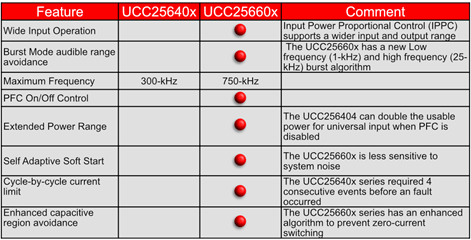Other Parts Discussed in Thread: UCC256403, UCC25640
Tool/software:
Hello TI,
I have several questions about the UCC24624:
1- Is it possible to put several MOSFETs in parallel for this chip? If so, what do you recommend?
2- Can the chip be powered at 28V (Absolute rating)? If not, would a linear regulator with a bipolar for 15V suffice?
3- The component measures the drain-source voltage of each MOSFET to rectify the secondary. Does this mean it's autonomous in terms of rectification and totally independent of the primary part? As well as from the compensation? Does he manage dead-time alone ?
4- My application: Vin: 400VDC; Vout: 28V; Iout: 50A. I'd like to make a first prototype using diodes (low power use < 400W), then implement the synchronous rectifier circuit with MOSFETs doubled in each arm. The chip used would be the UCC256403 with this component.
Although you recommend a PSFB for this type of power, I've had bad feedback from your competitor (Analog Device) on the use of this converter topology. I'd like to start with this type of converter, as it can be driven as a half-bridge, and I have experience of parallel resonance (making a resonant inverter). So I don't think I'll have any difficulty in making a series resonance.
5- Do you have a demoboard where I could apply this use case?
Thank you very much,
Best regards


